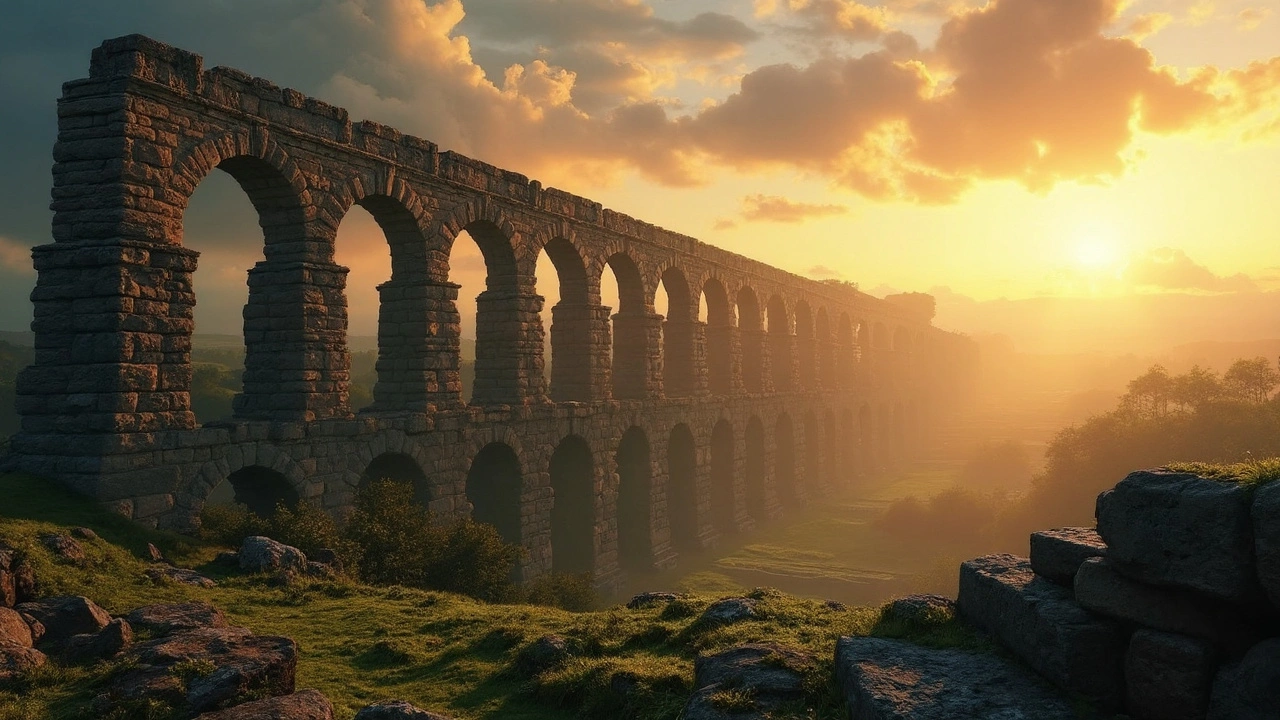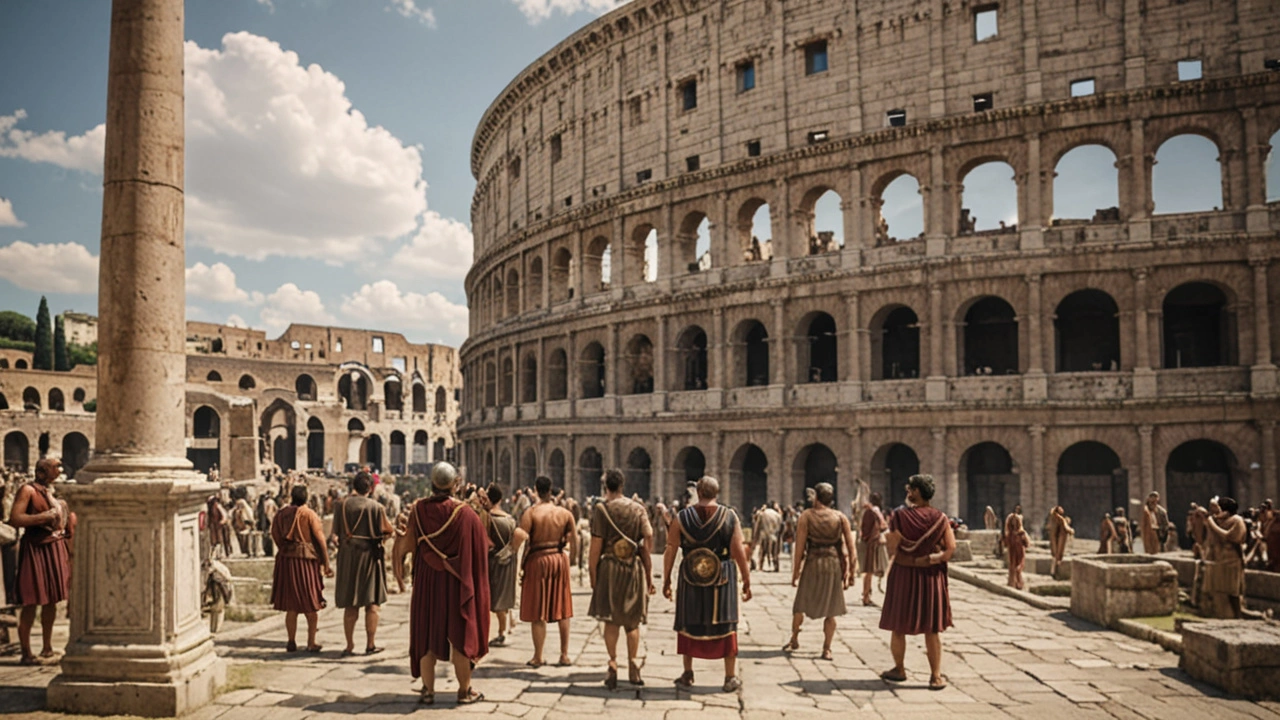Ancient Rome: Architecture, Engineering & Hidden Gems
Half of Rome’s durable monuments stood for nearly two thousand years because Romans rethought building from the ground up. Want to know what to look for when you walk past a ruined wall or a towering arch? This page groups clear, useful pointers and travel tips so you actually get what made Ancient Rome special—without history class jargon.
Key Roman innovations to spot
Look for arches, vaults, and domes. Those shapes let Romans span wide spaces without piles of columns. The Pantheon’s concrete dome and the Colosseum’s layered arches are textbook examples.
Concrete: Roman concrete (opus caementicium) resisted weather and time. When you see thick, rough walls with brick or stone facing, that’s often concrete at the core. That’s also why so many structures survived earthquakes and centuries of reuse.
Aqueducts and roads: Long stone channels, semi-circular bridges, or raised channels mean water engineering. Straight, raised stone roads with deep foundations signal Roman roadwork—these connected the empire and shaped cities for centuries.
Functional planning: Public baths, forums, and amphitheaters were placed to serve crowds, not just look pretty. If a ruin sits next to a market square or along a main road, that’s intentional civic design.
Hidden gems and practical travel tips
Skip the long Colosseum lines by booking a timed ticket or arriving right when gates open. Then head to lesser-known spots like Ostia Antica for wide streets and intact buildings, or the Baths of Caracalla for scale without the crowds.
Explore the Appian Way on foot or bike. The ancient paving stones and roadside tombs tell personal stories you won’t get from guidebooks. For tucked-away fragments, try Largo di Torre Argentina—it's a cluster of temples with cats and fewer tourists.
Bring these on your walk: a photocopy or offline map, comfortable shoes, a bottle of water, and a lightweight hat. Many ruins have little shade and uneven steps. If you enjoy context, read short articles first—try pieces like “Ancient Roman Architecture: Masterpieces, Engineering, and Lasting Influence” and “Ancient Roman Hidden Gems: Unveiling Forgotten Marvels of Roman Architecture” for quick background before you go.
If you’re into details, focus on masonry patterns and join lines between stones. Different eras reused materials—spotting reused columns or carved blocks helps you read a building’s life story. Photography tip: early morning or late afternoon gives warm light and softer shadows, perfect for capturing textures and depth.
Finally, mix big sights with neighborhood walks. Museums and famous monuments tell the empire-scale story; small churches, markets, and ruined houses show how ordinary Romans lived. That mix keeps visits interesting and helps you notice how Ancient Rome still shapes modern streets.
Want specific routes or a short checklist for a one-day Rome walk focused on ancient sites? Ask and I’ll map one out with times, transport tips, and must-see details.

Ancient Roman Architecture: Inside Its Monumental Legacy
Ancient Roman architecture didn’t just change the way buildings looked—it redefined what was possible. This article digs into the remarkable legacy of Roman engineering, spotlighting what made their designs last and how they still shape modern construction. Get tips on recognizing genuine Roman features and find surprising facts about structures like the Colosseum and aqueducts. See why the practical side of Roman genius matters today, and catch a few hacks for spotting Roman influence wherever you go. Dive deep into a world where bricks, arches, and concrete weren’t just materials—they were game-changers.
Read more
Unlocking the Secrets of Ancient Roman Architecture
Ancient Roman architecture has long fascinated historians, architects, and scholars. This article delves into the various elements of Roman design, including their use of materials, innovative construction techniques, major architectural structures, and the cultural significance of their buildings. Whether you're a history buff or just curious about ancient engineering, this piece provides a comprehensive look at what made Roman architecture so unique and enduring.
Read more
Exploring the Architectural Brilliance of Ancient Rome
Dive into the inventive world of Ancient Roman architecture to uncover the ingenuity behind their building techniques and designs. From the awe-inspiring Colosseum to the ingenious aqueducts, this article reveals how the Romans were not just builders but visionaries. It explores the legacy they left in the architectural domain, demonstrating their influence on modern buildings. Get ready to be mesmerized by the genius of Roman architecture and its impact on the world.
Read more